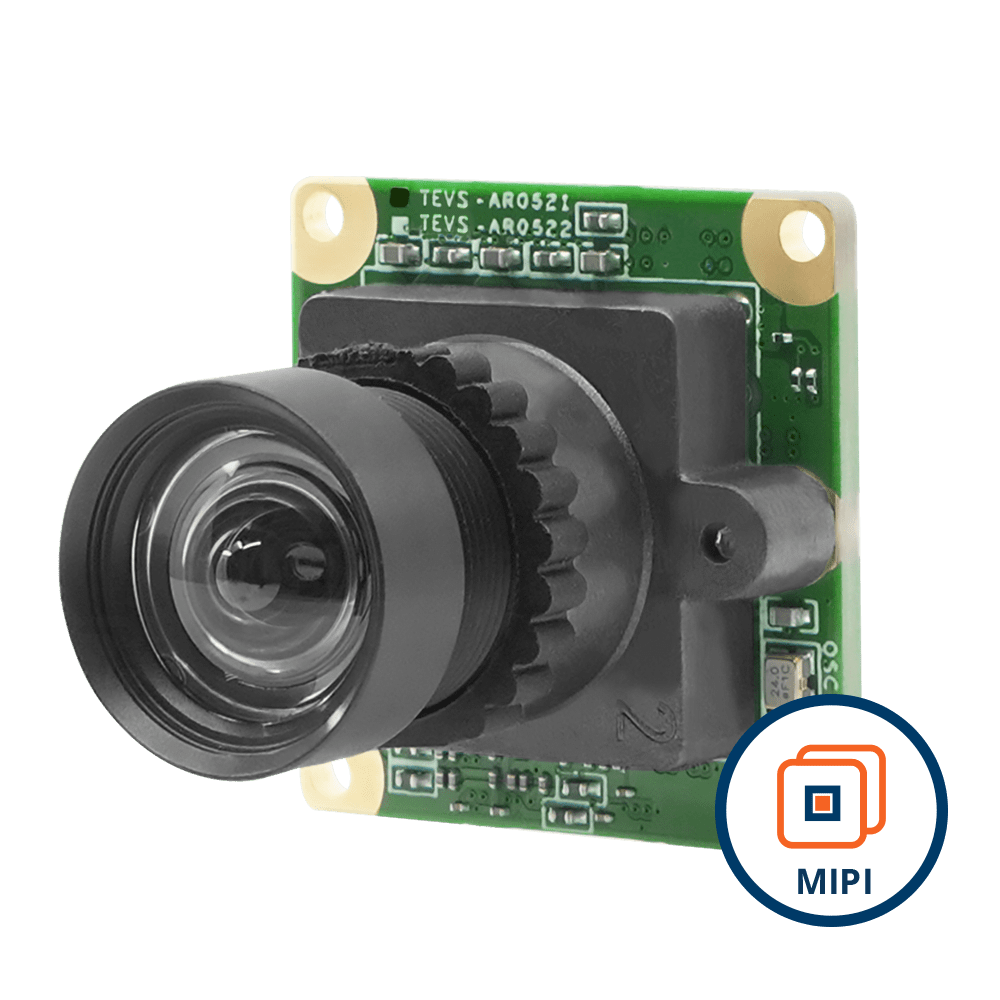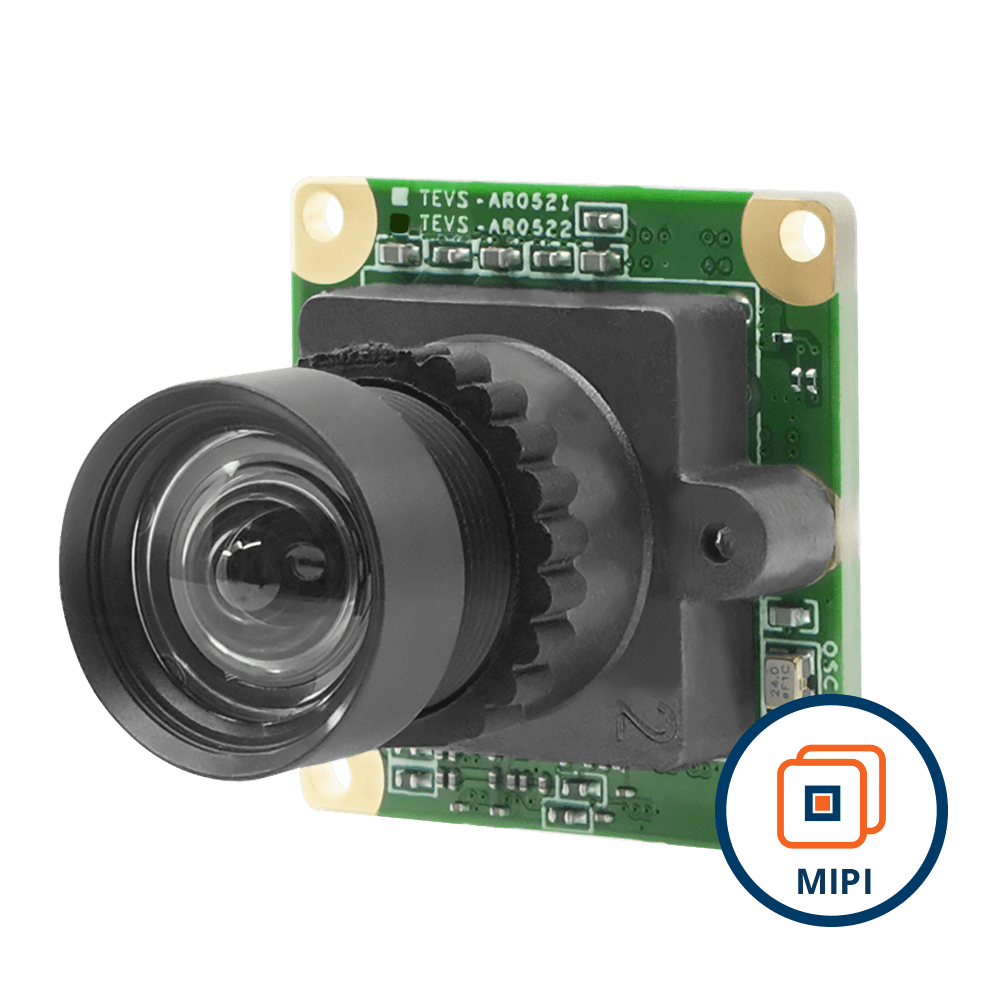MIPI (Mobile Industry Processor Interface) is a widely used interface that has revolutionized camera integration in mobile devices and embedded vision systems. Its excellent performance, low power consumption, and compatibility with various processing platforms have transformed it into a go-to solution for multiple applications.
The MIPI camera interface has evolved into the industry standard for connecting image sensors to application processors in robots, autonomous vehicles, smart traffic devices, drones, etc. MIPI Camera Interface is well-known for its high bandwidth, compact and scalable design, standardization, ecosystem support, and industry acceptance. Because of these compelling benefits, the MIPI camera interface has become the de facto industry standard for capturing high-quality images and videos in embedded vision systems.
What is MIPI Interface and Its Types?
MIPI is a collection of guidelines produced by the MIPI Alliance, a coalition of technology firms, to standardize interfaces in mobile devices, machine vision, and embedded vision systems.
MIPI interfaces provide high-speed communication between components like cameras, displays, CPUs/GPUs, sensors, and memory.
The first-generation MIPI interface and MIPI CSI-2 (Camera Serial Interface-2) are two significant types often utilized in camera integration.
Let’s take a closer look at each of them:
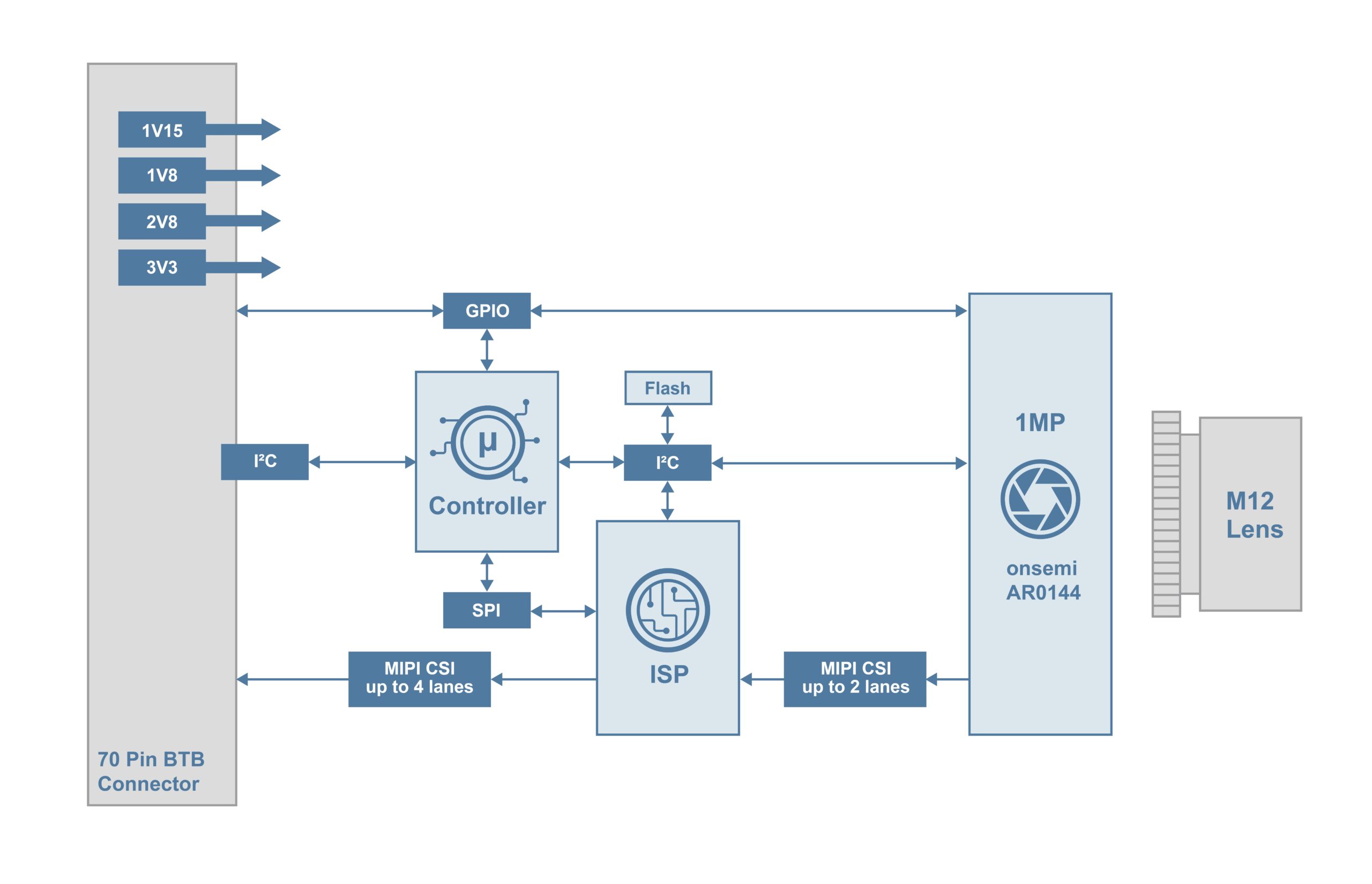
MIPI Block Diagram
First Generation MIPI Interface
Before MIPI CSI-2, the previous (and first) generation of the MIPI interface was MIPI Camera Serial Interface-1 (CSI-1). It was widely used for camera integration in embedded vision devices. It delivered a parallel interface for linking cameras to application processors, allowing image and video data to be transmitted.
Though the current standard for camera integration in embedded vision systems is MIPI CSI-2, the first-generation MIPI interface was critical in laying the groundwork for camera interfaces in early camera-enabled devices.
MIPI CSI-2 (Camera Serial Interface-2)
MIPI CSI-2 is a widely adopted interface for connecting cameras or image sensors to application processors in embedded vision systems. It provides a low-power, high-bandwidth link for the efficient transmission of image and video data.
Key MIPI CSI-2 features include:
- High Bandwidth: MIPI CSI-2 provides high-speed serial communication with a maximum bandwidth of 2.5 Gbps per lane or 10 Gbps with 4 lanes. This facilitates high-resolution, high-quality, and detailed images and videos.
- Low Power Consumption: MIPI CSI-2 is designed to consume very low power, making power available for other processing purposes. This makes the embedded vision system more efficient.
- Differential Signaling: MIPI CSI-2 uses differential signaling, which enhances noise immunity and signal integrity. It facilitates data integrity over greater distances and reduces susceptibility to electromagnetic interference (EMI).
- Multiple Channels: MIPI CSI-2 supports virtual channels, enabling various streams of data to be multiplexed over a single physical link. This can also be used to simultaneously transmit different categories of data, such as video and control signals.
- Lane Configurations: MIPI CSI-2 supports various lane configurations, including 1, 2, 3, and 4 lanes, providing scalability and adaptability to accommodate varying bandwidth requirements.
MIPI CSI-3
The latest among the MIPI standards is MIPI CSI-3. Though it was introduced more than a decade ago, it didn’t gain as much popularity as its immediate predecessor when it comes to embedded vision applications. MIPI CSI-2 remains the most commonly used MIPI interface in embedded camera systems even today.
What is a MIPI Camera?
As the term suggests, a MIPI camera uses the MIPI interface to connect the camera to the processor.
Many processing platforms, including NXP i.MX8, NVIDIA Jetson, and Texas Instruments Jacinto and Sitara SOCs support MIPI cameras. TechNexion’s MIPI cameras are compatible with the mentioned ARM-based processors.
What is a MIPI Camera Module? Is It the Same as a MIPI Camera?
When discussing camera integration, it is essential to note that a MIPI camera module and a MIPI camera technically have different meanings.
The term “MIPI camera” describes the complete hardware of a camera, which typically consists of the image sensor, lens, interface, connector, ISP (Image Signal Processor), base board, and an adaptor board (if required). This usually doesn’t include the processor – which is seen as a separate device.
On the other hand, a MIPI camera module refers to the most basic unit of a camera which contains the sensor module, the base board, and a lens mount (it doesn’t come with a lens, adaptor board, or ISP).
Embedded camera manufacturers offer the full camera, as well as the module because some system integrators (like robotics companies) choose to go with modular components and prefer to select a lens or other components of their choice. A MIPI camera module offers more flexibility, while a MIPI camera is more like a ready-to-integrate solution.
All that said, it is important to note that there is a thin line between the two more often. Many use the two terms interchangeably depending on the context and what the term means in their part of the world.
MIPI Camera vs. USB Camera
A natural alternative to MIPI cameras is USB cameras. USB cameras are known for their ease of integration and compatibility with x86-based hosts. In most cases, a choice between the two depends on the host platform used, but there are some distinctive features for both. Given below is a comparison of the two types of cameras across some critical camera parameters:
| Features | MIPI Camera | USB Camera |
|---|---|---|
| Image Quality | Offers highest-quality image capture and video capabilities. | Provides similar image quality compared to MIPI cameras. However, image quality may be lower as bandwidth limits may require compression and/or framerate reduction. |
| Latency | Lowest possible | Higher, as additional processing is required for USB protocol. In addition, in higher resolution cameras, bandwidth limitations may require compression on the camera, which increases latency. |
| Cable Length | Very short. Not recommended for a length beyond 30cm. | Theoretically offers a maximum distance of 5 meters. But reliability issues are observed beyond 2 to 3 meters. |
| Bandwidth | MIPI CSI-2 offers a maximum bandwidth of 10 Gbps with 4 lanes. | The USB 3.1 interface comes with a maximum bandwidth of 5Gbps. USB3.2 offers 10Gbps, with USB4 doubling that to 20Gbps. |
| Platform Compatibility | Requires specific MIPI camera interface support in the host device. Hence works with processing platforms like NVIDIA Jetson, NXP i.MX series, TI Jacinto TDA4VM, etc. | Offers broad compatibility and plug-and-play functionality with USB ports. Works with all x86-based host systems. |
| Price | Lowest – minimal integration of components is required for MIPI-CSI cameras | Higher – as USB cameras require additional components such as a USB processor to bridge between the camera sensor and the USB interface. |
| Applications | Robots, smart traffic devices, sports analytics, precision farming, etc. MIPI cameras have to be connected close to the host SOC. | Document cameras, industrial tablets, eye diagnostic devices, wound measurement devices, etc (it’s not that MIPI cameras and USB cameras are used for different applications. It’s just that one might be preferred over the other in certain cases). |
Embedded Vision Applications of MIPI Cameras
Embedded vision applications benefit greatly from MIPI cameras’ excellent performance, low power consumption, and high transfer rates. Some typical uses for MIPI cameras in embedded vision systems include:
Robots
MIPI cameras are incorporated into robotic systems to capture real-time images. They facilitate surveillance (in patrol robots), object tracking (in pick-and-place and goods-to-person robots), and obstacle avoidance (in autonomous or guided robots), among other applications. The MIPI interface is used in all sorts of robotic vision systems, such as depth cameras and 360-degree cameras.

Automotive Systems
MIPI cameras are crucial for advanced driver assistance systems (ADAS) and in-vehicle surveillance systems. They are used in lane departure warnings, parking assist, and dash cam systems. However, if the camera is placed too far from the processor in an automotive system (beyond 30 cm), a MIPI camera is not the right choice. FPD-Link III cameras are a better alternative in such scenarios. However, even in this case, MIPI cameras are used. The FPD-Link III interface merely bridges MIPI-CSI2 to the host processor over a long distance (up to 15m).
Medical Imaging
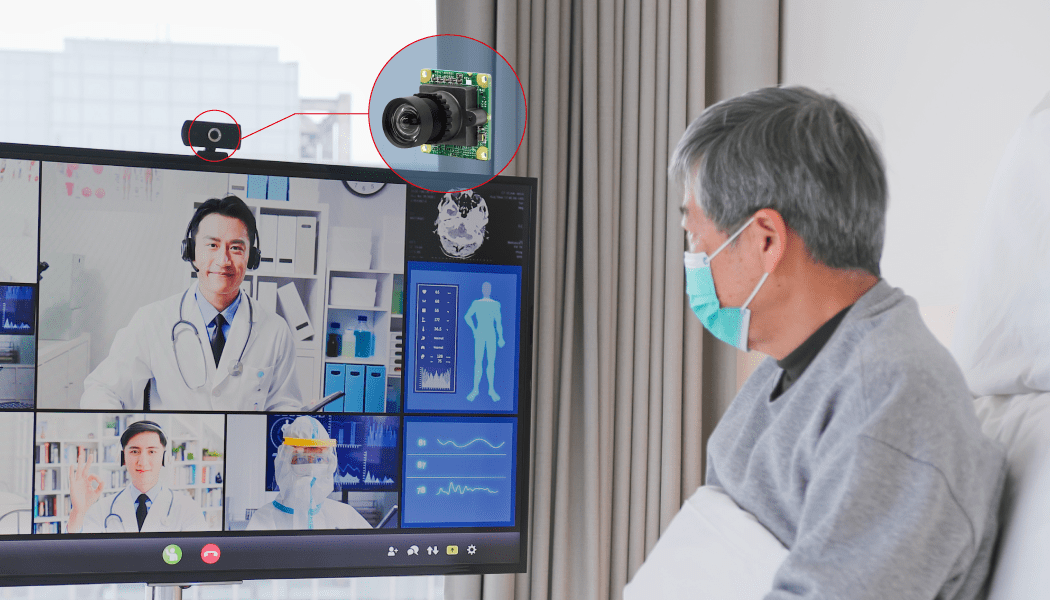
MIPI cameras are used in robotic surgeries, microscopy, diagnostic tools, and other medical devices and imaging systems. They provide high-quality imaging for taking medical images and videos to assist in precise diagnosis and treatment.
Some examples of medical devices that could use MIPI cameras are:
- Patient monitoring systems
- Drug delivery robots
- Telehealth devices
- Laboratory equipment
Augmented Reality (AR) and Virtual Reality (VR)
Augmented Reality (AR) and Virtual Reality (VR) devices use MIPI cameras to capture real-world images and videos to enable immersive experiences. They are essential for monitoring the user’s movements, mapping the environment, and producing realistic virtual content.
Smart Traffic Devices
A MIPI camera is a great choice in smart traffic devices where the camera is within a distance of 30 cm from the processor. They can help with automatic number plate recognition and pedestrian counting.
One thing to note in the case of MIPI cameras is that they are not preferred in cases where there is little leeway regarding the form factor. This is because MIPI cameras are accompanied by processors, which by themselves occupy some space. This might increase the overall size of the embedded vision device. At the same time, small form factor processors like NXP i.MX8 is used with MIPI cameras in systems that need to maintain a small form factor.
In essence, every application is unique. You can consult a TechNexion camera expert to learn more about choosing the right interface for your embedded camera system.
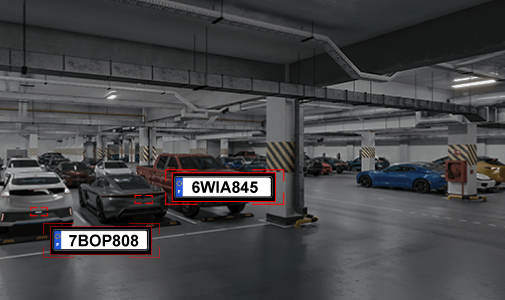
TechNexion MIPI Cameras
If you’re looking for a camera for embedded vision, look no further than TechNexion’s MIPI cameras. Our MIPI cameras provide exceptional performance with features such as global shutter & rolling shutter, high resolution, excellent NIR performance, etc. Whether you are developing drones, automotive systems, industrial devices, or medical imaging solutions, our MIPI cameras provide the following:
- The necessary high-resolution imaging
- High frame rate
- Digital zoom capabilities
- Low light performance
Our dedication to quality guarantees that our MIPI cameras deliver exceptional performance, meeting the rigorous standards of embedded vision applications in this modern environment. We provide comprehensive support to enable the seamless integration of our MIPI cameras for your projects.
Don’t cut corners when it comes to embedded vision. Partner with us to confidently deliver creative solutions with superior image capture, sophisticated functionality, and consistent performance. Discover unlimited possibilities with TechNexion MIPI cameras and take your embedded vision applications to new heights.
Related Products
- What is MIPI Interface and Its Types?
- First Generation MIPI Interface
- MIPI CSI-2 (Camera Serial Interface-2)
- MIPI CSI-3
- What is a MIPI Camera?
- What is a MIPI Camera Module? Is It the Same as a MIPI Camera?
- MIPI Camera vs. USB Camera
- Embedded Vision Applications of MIPI Cameras
- Robots
- Automotive Systems
- Medical Imaging
- Augmented Reality (AR) and Virtual Reality (VR)
- Smart Traffic Devices
- TechNexion MIPI Cameras
- Related Products
Get a Quote
Fill out the details below and one of our representatives will contact you shortly.


